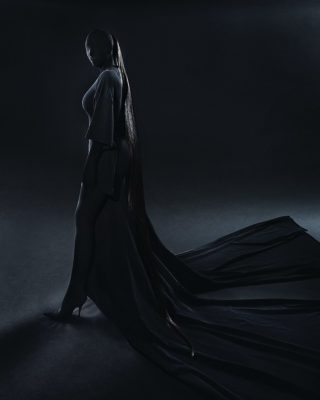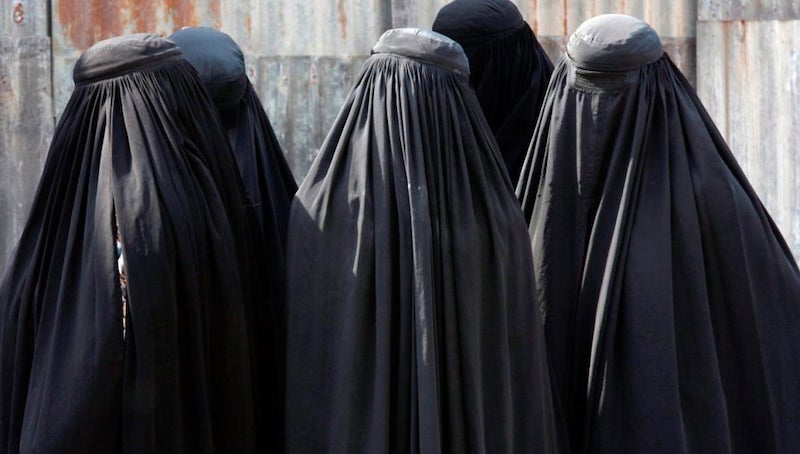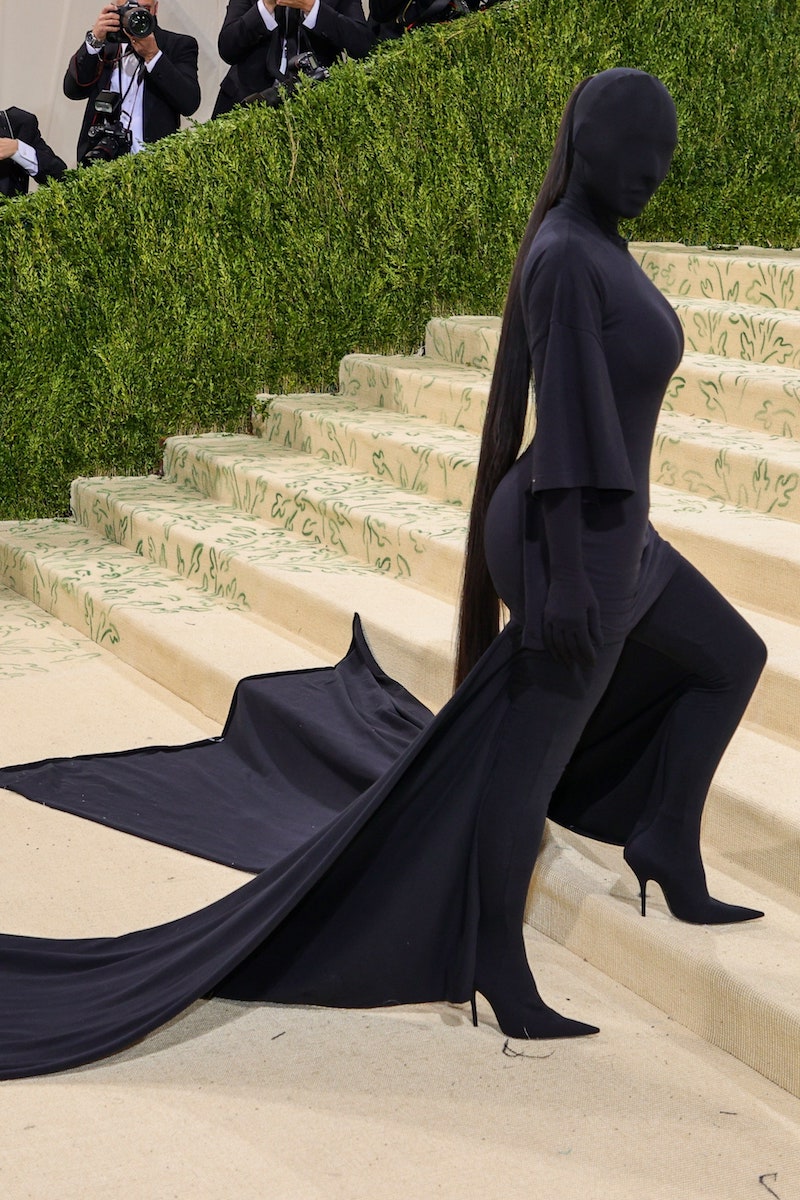Search
To search for an exact match, type the word or phrase you want in quotation marks.
A*DESK has been offering since 2002 contents about criticism and contemporary art. A*DESK has become consolidated thanks to all those who have believed in the project, all those who have followed us, debating, participating and collaborating. Many people have collaborated with A*DESK, and continue to do so. Their efforts, knowledge and belief in the project are what make it grow internationally. At A*DESK we have also generated work for over one hundred professionals in culture, from small collaborations with reviews and classes, to more prolonged and intense collaborations.
At A*DESK we believe in the need for free and universal access to culture and knowledge. We want to carry on being independent, remaining open to more ideas and opinions. If you believe in A*DESK, we need your backing to be able to continue. You can now participate in the project by supporting it. You can choose how much you want to contribute to the project.
You can decide how much you want to bring to the project.

If there is one fantasy that persists in my imagination and makes me envision thousands of different possibilities, it is invisibility. If one day I could make a wish, after having tried the obvious trick of wishing for more wishes, and after my genie in the lamp or my fairy godmother or the spirit of Christmas past looked at me in disdain, as if I were the only one to have come up with such an idea, when the time came to choose, I would close my eyes tight and twitch my nose in the air to make myself invisible whenever I so wished. And I repeat, only when I so wished, because as with all fantasies, it is the control over them that separates pleasure from total nightmare.
And that is when our ghost from Met Gala past (let’s pretend it’s 2025) takes us by the hand and we fly through the windows of New York to the Metropolitan so that we can see Kim as a Kuroko (Nothingness) in Kabuki theater, Kim as Everything, Kim as Nothing. Of course there is something Oriental, Muslim, Jewish, Instagram, Orthodox, Catholic, queer, neo-feminist (if the term exists) that causes a scandal, becomes a trending topic, IS, without a doubt it IS, it exists, it is a thing, it is strong and produces problems. It is the magmatic soup of our terrible Zeitgeist, an air du temps that slices your skin and troubles your breathing. The girl is anything but boring.
Hand in hand with our flying ghost, we return to our hypothetical present and, since a wish is never free, it leaves us so we can reflect on what have we learned from all this. Is there something to learn? We are going to try to unravel some hidden mystery but perhaps, as Warhol said, Kim is simply what you see, nothing more. And as Kim said about her tight burqa (just these two words together give me a lot to think about): What’s more American than a head-to-toe T-shirt?! And like Warhol, like Coca-Cola, like Instagram, if we’ve learned anything from Americans, it is that there is no greater power than visibility.
Morality and desire have always followed parallel paths, mirrors that project themselves into infinity through and from the finitude that the body represents. And in general, without really knowing why and when, practically all cultures have used the body of women as a representation of both their values and counter-values, of their desires, dreams, laws and principles, and of their repulsions and their crimes. It is not what she says or how she says it, but what she wears and why she is wearing it. I once read a testimony of an Afghan woman who had managed to free herself from the burqa, who without much complaining simply said that when carrying it while walking the weight is so great, and inside it is so suffocating, that practically the entirety of her energy was focused on breathing, on being able to breathe, on being able to keep walking, just one more step, on being able to breathe. She went on to say that it is so difficult to think, so difficult to speak, so difficult to eat, when you have to focus entirely on inhaling and exhaling air. Her air du temps strikes me as more complex than Kim’s. Is American air, Calabasas’ air, more breathable and user-friendly than Afghan air? Is all air the same or are there differences?

Women with burqa / Agencias
Let’s go back to the gala. Kim is covered from head to toe like the Nothingness of the kuroko actors of Kabuki theater. These actors appear and disappear on stage to change the kimonos of the real actors, to open and close their kimonos, to give them instruments, change their masks, change the set, to facilitate their existence within the fiction of the work. And here we find a narrative of power by means of visibility and invisibility. I ask myself and I ask my ghost of the Met Gala past: How are those Nothingness actors different from the actors who set up the Met’s tent, who vacuumed the carpet in the Met’s tent, who ironed the tablecloths, displayed the flowers and folded the corner of the toilet paper in the Met Gala bathrooms? Did Kim pay tribute to all those shadows that facilitated her walk on the red carpet, her photo-op, the dinner she didn’t eat, and her no less complicated, dramatic and still private piss? Is that the message? It could be, although Calabasas is too far from Jersey to ask, and I don’t think Kim follows them on Instagram.

Instragram profile one of Kim Kardashian’s followers (262 millones) / Instagram
As in all good mysteries, there is no single, unique solution, but rather multiple and disparate explanations that perpetuate the enigma and thus make it the epic moment of the year. I still wonder about the visibility and invisibility of our controversial heroine-villain-performer, and I can’t keep wonder about it without talking about her anti-Pygmalion, the brain and heart behind this 2021 fashion moment. They said that Cristobal Balenciaga was a very Basque man, reserved but temperamental, rational but passionate, complex and at the same time approachable, in short, all those contradictions that the biographers write about maestros (usually men) who have reached the stage of maestro in any possible discipline. I don’t want, however, to reflect on how we construct our geniuses, for that would lead me to a whole other article. What interests me about Cristobal (calling him by his first name as we do with our women geniuses, such as Frida or, in our case, Kim), what really interests me about Cristobal is his complex world of class. We have grown up hearing that class is neither bought nor sold, that class is inherited, that class is breast-fed, a subtle universe of codes that normally restricts more than allows and that gives the initiated the knowledge that they possess a secret power that differentiates them from other people. In short, and like any narrative focused on differentiation, class invariably makes people better. And it is in this archaic concept of class with which Balenciaga reigned as maestro of maestros, like a high priestess dictating what a marquise, duchess or princess should or should not wear. Cristobal, who was born the son of a seamstress who went every summer to the house of the Marquise of Casa Torres to hem, sew curtains, and mend everything that was necessary for this Marquise to float in a perfectly tailored and placid existence. Yet, once again, I ask myself: Is there nothing more subversive than ending up dominating the people who once dominated you? Is there not in Balenciaga’s clothes an architectonic class vengeance? We will never know the answer, but it does help us to get to know Demna Gvasalia, the man with a name I can barely pronounce.
If there is something that identifies him it is subversion. He is radical and with an aesthetic that fluctuates between atomic Chernobyl, the fall of the Berlin Wall, the Berghain queues and the Marais of Paris, and he has come up with a fashion/identity difficult to classify. If there is anything that defines our times it is declassification, but a constructed declassification, an elitist declassification that allows its elites to play with concepts that actually belong to that vast majority of the invisible class-less. Did Demna, through Kim, want to pay tribute to her followers by dressing her as a follower? Aren’t her followers (and I’m sorry but I don’t include myself in this list) merely faceless actors without identity, a K or M that swells your Instagram account and thus her bank account(s)? There was a game in the Middle Ages that allowed masters to dress as servants and servants to dress as masters once a year. This upside-down world for a day allowed the perpetuation of a system, just as we perpetuate the protagonists of Instagram by adopting their stories, their families, the spaces they inhabit, their brands, the dreams they dream, their beautiful miseries, as our own. If there was someone capable of launching a 2021 fashion moment so complex but so simple, as cryptic as it is obvious, it was the duo Demna and Kim. What’s more American than a head-to-toe T-shirt?! What is easier than to play with opposites? What could be more powerful than a simple thing? And, to finish, I once again ask myself and the genie of the lamp, the fairy godmother and the ghost of Christmas past: Who really is Kim? This question begs yet another question: And do we really care? Dressed or undressed, with or without her ass, her face, her life, her triumphs, and her beautiful miseries reign in a dimension that we can easily turn off and tune out just by letting our iPhone battery die, and there you have Kim dressed by Demna in the 2021 Met Gala.

(Front image: Kim Kardashian dressed by Demna Gvasalia / Met Gala 2021 / Theo Wargo for vogue.com / GettyImages)

Jesús Nebreda Galíndez is a specialist in design and art for digital platforms with a Master’s degree in Cultural Management from the City University of London whose thesis was on Fashion as one of our latest societal cultural products. Jesús has worked for institutions such as the British Museum and Saatchi Gallery and on art and design retail platforms such as Pamono and more recently Artsy. He is a regular contributor writing reviews and interviews for the publications METAL, Acero and Neo2.
"A desk is a dangerous place from which to watch the world" (John Le Carré)